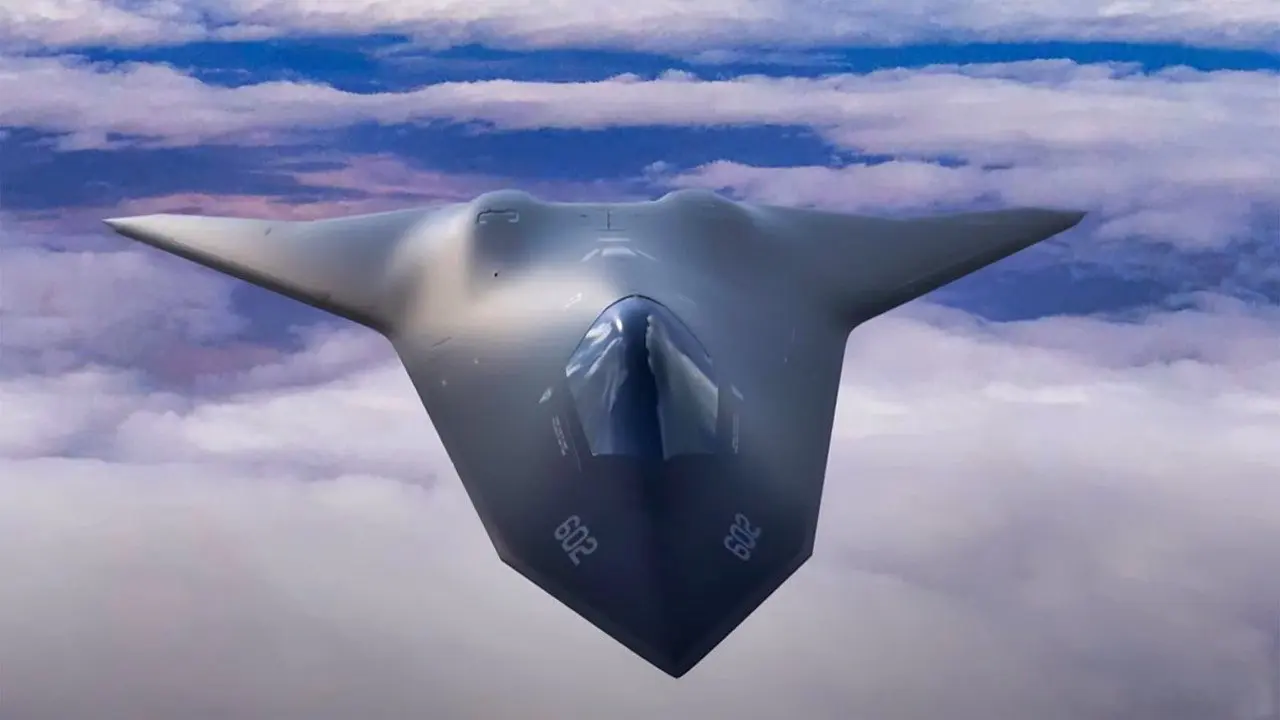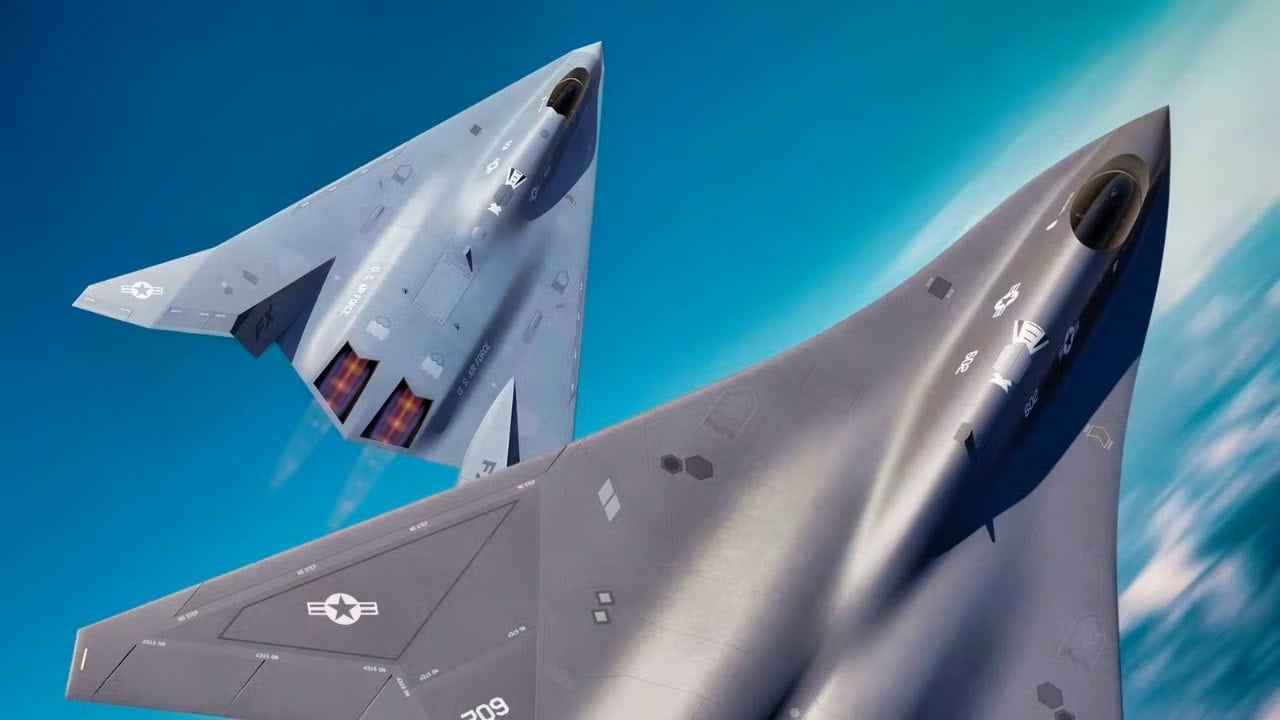US triples funding for sixth-generation fighter jet engine prototype

General Electric and Pratt Whitney Engines have received modifications to their Next Generation Adaptive Propulsion (NGAP) contracts, raising the maximum amount for the prototype phase to $3.5 billion per unit. This is three times higher than the initial limit of $975 million set for 2022.
Here's What We Know
The NGAP is expected to be the powerplant for the future Air Dominance fighter jet. The engines of this series are "adaptive" - they automatically change the thrust configuration depending on the combat situation, which increases their efficiency.
Earlier, the Pentagon considered installing adaptive engines on the F-35 Joint Strike Fighter, but due to the high cost and technical limitations, it was decided to upgrade the existing engines. Instead, advances in this area are being applied to the NGAP programme.
The Pentagon said the contract will create a "modern powerplant with a flexible architecture that can be adapted for future combat aircraft". The work is expected to last until July 2032.

One of the NGAD concepts. Illustration: 19fortyfive
Pratt Whitney is developing the XA103 engine, while GE is working on the XA102. In February 2024, Pratt Whitney completed a key design for the USAF, and GE reported completing a major design review in December 2023 in preparation for testing.
For years, the USAF has pushed for the development of the NGAD as a "family of systems" that will include a manned sixth-generation fighter, unmanned aerial vehicles, and advanced weapon systems.
However, the programme has faced difficulties: the initial cost of the fighter is estimated at $250-300 million per unit, which is three times more than the F-35. As a result, the Air Force suspended the NGAD programme in the summer of 2024 and is reconsidering its approach.
Source: Defence News